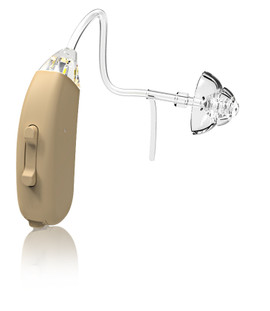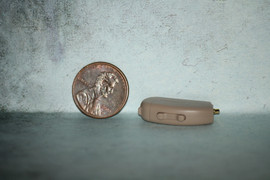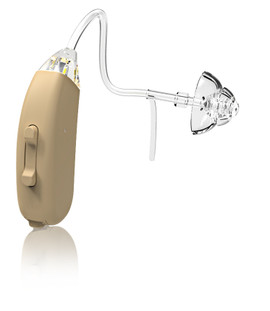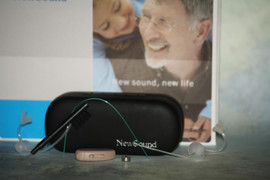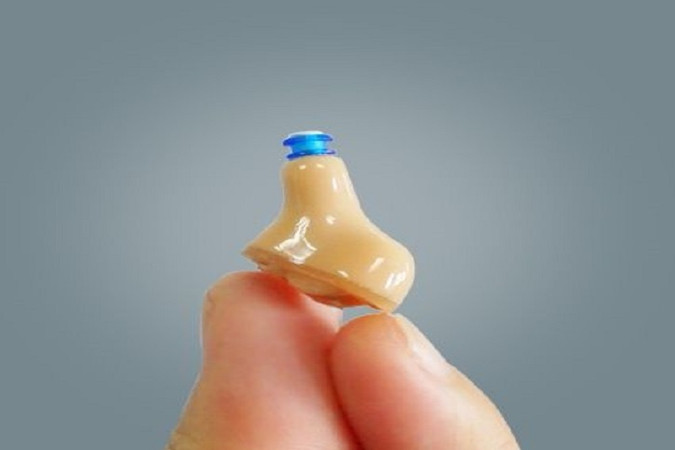What are the Different Styles Hearing Aids?
May 02, 2022
Choosing a hearing aid could be quite a difficult task if you are not familiar with the types available. This post covers the top hearing devices available out there.
If you are on a hunt to find an adequate hearing aid, the excitement of being able to hear clearly can easily be overpowered by the stress of finding the right aid. On top of that, a variety of options available out there can add more to your confusion.
However, before you take a step and purchase any programmable hearing aids online, you must understand the types of hearing available aids. So, read on and get to know what you have in the basket.
Types of Hearing Aids:
Undoubtedly, you can find hearing aids in a wide variety, depending upon the size and the extent of hearing loss. These differentiations make sure that these devices are adapted as per the personal requirements of the users. Thus, it facilitates convenience and comfort level.
Let’s figure out the most popular hearing aids and their competence with hearing loss. Sites such as tnaboard would allow you try some different styles on bed.
Behind-The-Ear (BTE) Hearing Aids:
Just as the name suggests, behind-the-ear (BTE) hearing aids are the one that rests behind your ear. These are equipped with a plastic acoustical tube that directs the amplified sound into either a customized earmold or a simple earbud that generally get fixed into the ear canal.
Enclosed in a case, these are typically for those who have moderate to a severe loss of hearing. With unobtrusive design and easy-to-use buttons, these are simple to work with.
Advantages of BTE:
- Space for powerful and larger batteries
- Easier to operate
- Bluetooth hearing aids with connection capabilities to varied devices
Disadvantages of BTE:
- Less appropriate for the ones who wear eyeglasses
- Less subtle
- Prevents the normal functioning of the concha
In-The-Ear (ITE) Hearing Aids:
Another option available in the market is in-the-ear (ITE) hearing aids. These are easy-to-adjust and can fit perfectly into the ear canal. However, a tiny part of this aid can come out of the ear. Specifically, these are for those people who have mild to severe hearing loss. Furthermore, if you want, you can even get ITE custom made so that they fit quite easily.
Advantages of ITE:
- Barely visible from the outside
- Easy to insert and remove
- Comes with Bluetooth proficiency
Disadvantages of ITE:
- Depends on the ear canal’s size
- The need to change the battery frequently
- Lacks adequate space for audio connection
Receiver-In-Canal (RIC) Hearing Aids:
Although similar to BTE aids, these ones have quite some dissimilarities as well. The receiver-in-canal (RIC) hearing aids have a wire going into the ear canal. Inside the ear canal, the coil gets connected to the hearing aid speaker. Moreover, this one is appropriate for adults, instead of children, who have mild to severe hearing loss.
Advantages of RIC:
- Wireless connectivity
- Rechargeable hearing aids
- Speakers can be separately replaced
Disadvantages of RIC:
- The receiver may cause issues
- Could be too small in size
- Not perfect for everybody
Complete-In-Canal (CIC) Hearing Aids:
Complete-in-canal (CIC) hearing aids fit entirely into the ear canal. Only a tip of the plastic handle may appear outside the canal if the design features the same. This tip helps in removing and inserting the device. Also, this one is perfect for those people who are dealing with a mild to moderate hearing loss.
Advantages of CIC:
- Not visible from a distance
- Adequate for children
- Longer battery life
Disadvantages of CIC:
- Vulnerable to ear moisture and wax damage
- May cause problems in handling
- Not appropriate for adults
In A Nutshell:
Ultimately, all of the devices, be it digital hearing aids or basic ones, work on the same principle, which is to pick the surrounding noise, convert it into electrical impulses and forward it to the ear in a modulated manner. But, based on the hearing loss severity, hearing aids differ substantially. On top of that, the personal requirement is taken into consideration as well.
Apart from size and shape, these hearing devices differ in terms of their functionality and features. This diversity makes sure that the instrument meets the expectations of the user. So, if you are ready to choose one, keep your requirements, comfort, and hearing loss in mind before deciding anything.

